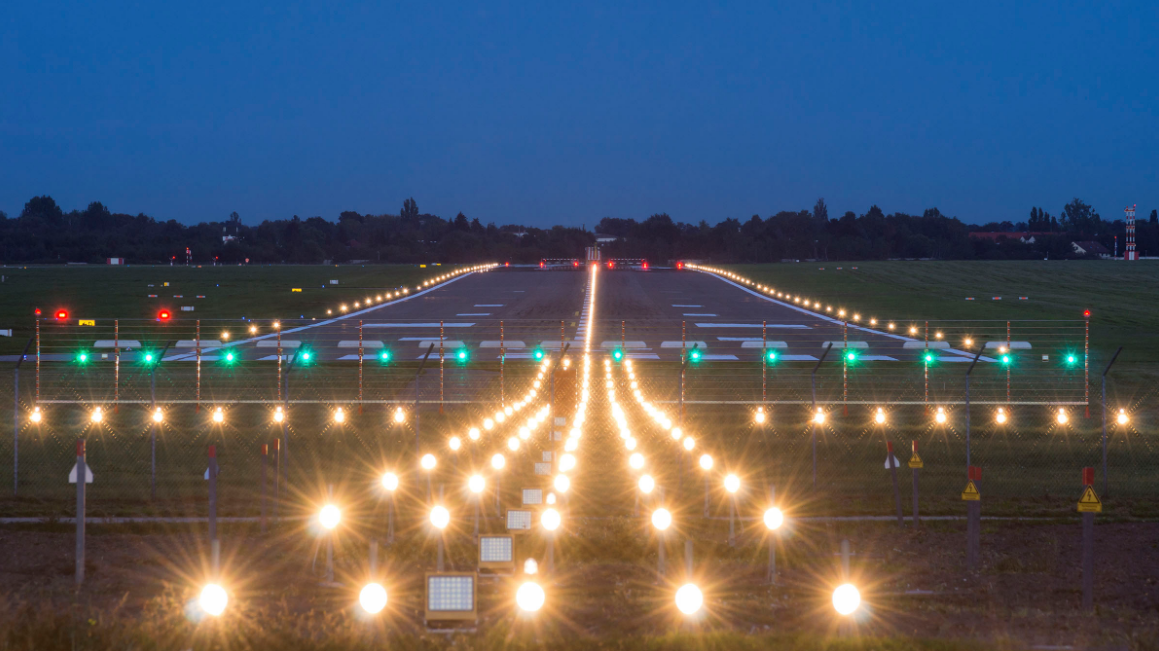As aircraft take off and land, visibility is of utmost importance. This is why a runway edge light plays a critical role in the aviation industry. Runway edge lights are installed on both sides of the runway and they mark the edges of the runway, providing clear guidance for pilots during takeoff and landing.
-
Safety:
One of the primary reasons why runway edge lights are important is to ensure safety. By providing a clear and visible outline of the runway, pilots are able to avoid veering off course or accidentally driving onto an adjacent surface. Runway lights also make it easier for pilots to stay on course and avoid collisions with other aircraft, especially during low visibility conditions such as fog or heavy rain.
-
Provide a clear guide:
These markers help pilots align their aircraft with the center line of the runway during landing or take-off. The red lights indicate that they should stop while the green ones indicate that it’s safe to proceed with take-off or landing without stopping.
-
Operational Efficiency:
In addition to safety, runway lights also contribute to operational efficiency. They allow for more accurate navigation and better timing during takeoff and landing, which can reduce delays and improve overall airport performance. Furthermore, these lights help pilots to align their aircraft with the runway more precisely, which can save fuel and reduce the risk of damage to the aircraft.

-
Enhance visibility during nighttime operations:
Another advantage of an airport runway light is its ability to enhance visibility during nighttime operations. This is particularly important as it allows airports to operate around the clock, increasing their capacity and enabling more flights to take place. By improving visibility, these lights also allow for safer and more efficient nighttime operations, reducing the risk of accidents and delays.
-
Available in a variety of colours:
It’s worth noting that runway lights come in different colours, each with its own specific meaning. White lights indicate the edge of the runway while red lights indicate the end of the runway. Yellow lights, on the other hand, indicate the approach to the runway, providing additional guidance for pilots during takeoff and landing.
The Bottom Line:
A runway edge light is a critical component of the aviation industry. They provide essential guidance for pilots, contributing to safety and efficiency during takeoff and landing. By illuminating the way, these lights make it easier for pilots to navigate the runway and maintain their course, ultimately ensuring a smoother and safer experience for all.

